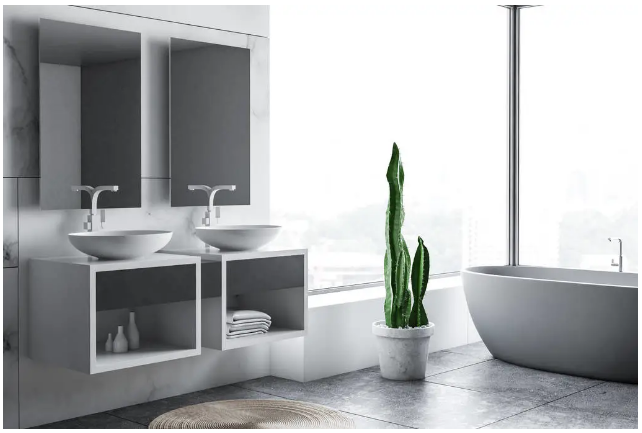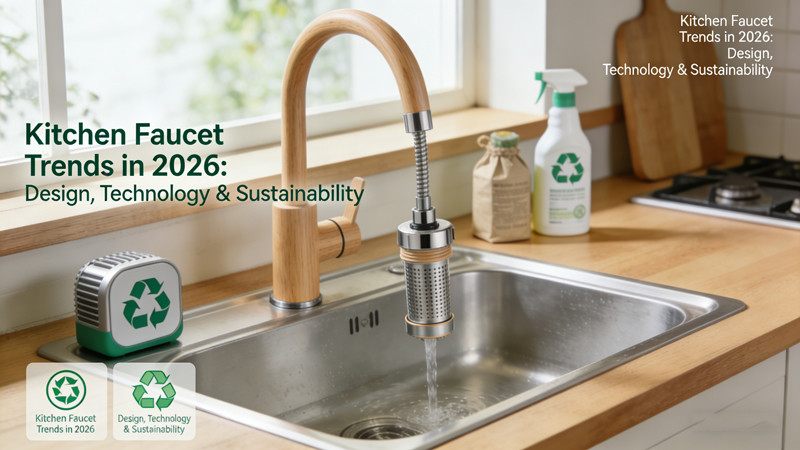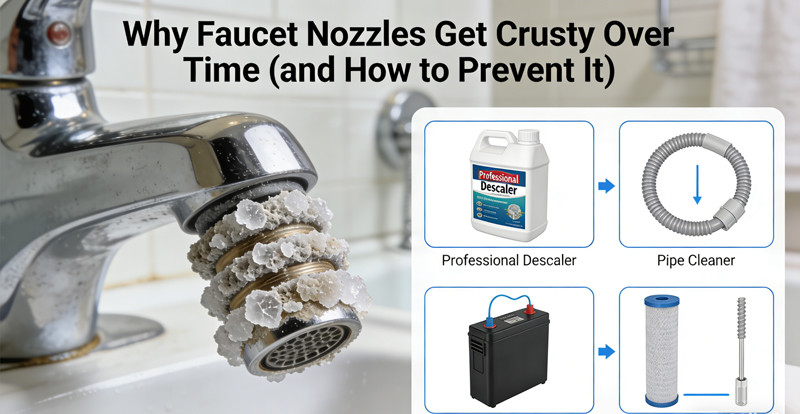People often attach great importance to the environment of their living rooms and bedrooms at home. A comfortable living environment can bring a good mood. However, the bathroom is small, has more dead ends and is mostly in a damp and dark environment for a long time, so cleaning the bathroom is a task that many people stay away from.
How many health hazards are there in the bathroom, and how can a clean and tidy bathroom be achieved and maintained?
The Hidden Dangers Of The Bathroom
Despite the name “bathroom”, many people tend to ignore the hygiene of the bathroom. According to the World Toilet Organisation, the average human goes to the toilet six to eight times a day, about 2,500 times a year. Therefore, the hygiene of the bathroom directly affects the health of the human body, so it is important to pay attention to the hygiene of the bathroom as a small environment for human health.
1, The Toilet Is A Culture Medium For Bacteria
The toilet is the necessary supplies to remove human excrement, but also is the place where bacteria are easily kept. In this “hidden dirt” place, unclean is certain. Experiments have shown that the number of bacteria on the inside of the toilet bowl is significantly higher than on the top edge of the toilet bowl and the cistern because the inside of the toilet bowl is suitable for the growth of bacteria. These bacteria include E. coli, Bacillus aerogenes, Aspergillus, Pseudomonas aeruginosa, Candida, etc. One study found that 32% of toilets were contaminated with E. dysenteriae, with S. sonnei surviving on the toilet rim for up to 17 days.
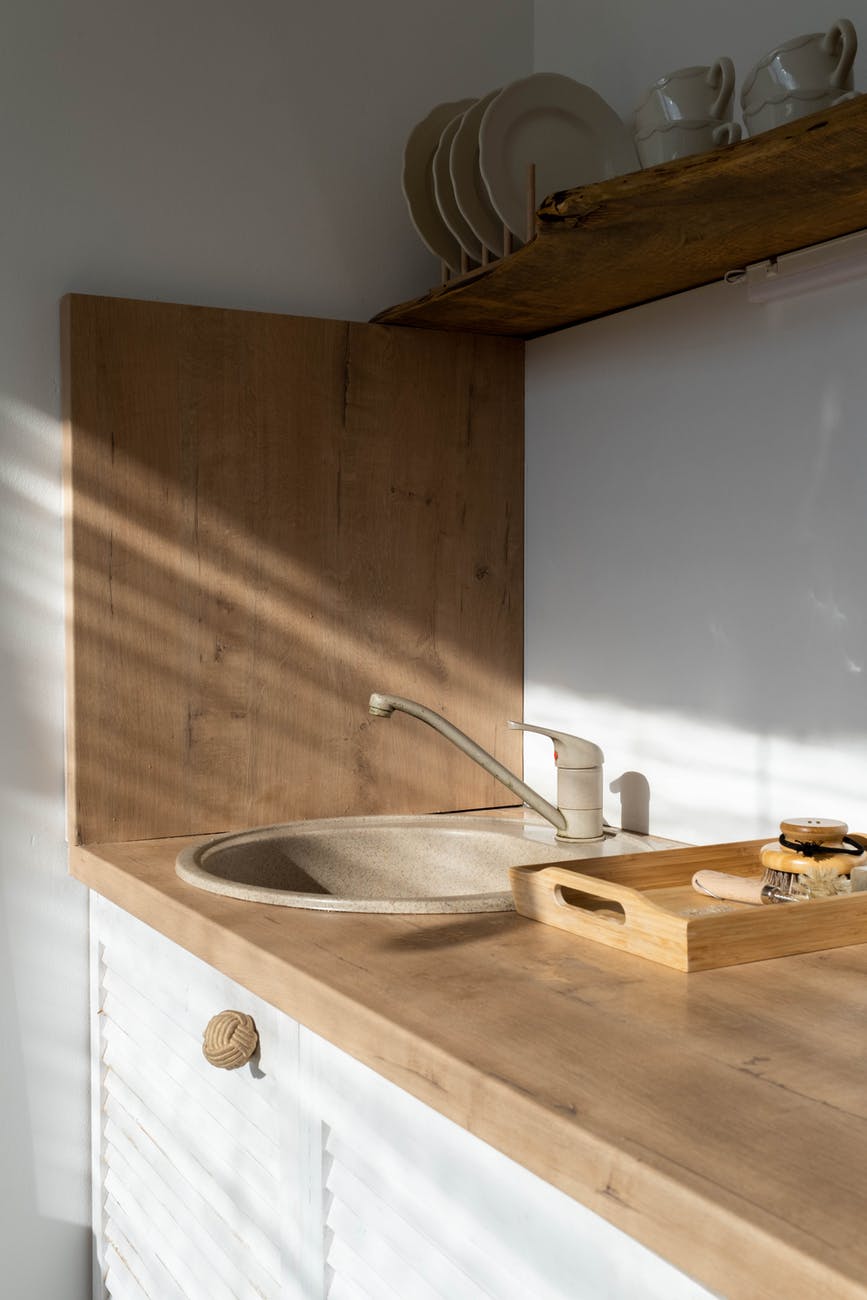
These bacteria can float in the air for up to several hours and eventually deposit on bathroom walls and on household items such as toothbrushes, mouthwash cups and towels, causing contamination. When these bacteria enter the body, they can lead to illness.
2, Humidity Is Conducive To The Growth Of Bacteria
A lot of water is used in the bathroom for bathing, washing hands and toilet flushing. Some of this water is always left on the walls and floor of the bathroom. At the same time, towels and toothbrushes are damp after use, and poor ventilation in the bathroom makes it difficult to dry these items.
In a humid environment, bacteria, especially mould, are prone to breed. When we come into contact with items that have a large number of pathogenic microorganisms, we may introduce pathogenic bacteria into our bodies, which can lead to illness.
3, Garbage Cans Without Lids
Bins are surrounded by bacteria, viruses and mould every day because they receive all kinds of waste, thus polluting the indoor environment. This is a “germ nest” where dirt and grime can easily hide, especially in the bathroom. As bathrooms are much more humid than other places, they contain a large number of harmful bacteria such as enterobacteria, and they multiply relatively quickly. In the premise of keeping the bathroom clean, it is best to choose a bin with a lid.
4, Showerheads Are Full Of Bacteria
Showerheads are a breeding ground for germs. Water heaters are also places where germs can hide. These places are often easily overlooked. If you like to open your mouth when rinsing your head, germs can enter your body through the water.
5, Always Pulling The Shower Curtain
Many people like to keep the shower curtain drawn or the bathroom door closed, which leads to a lack of air circulation and the growth of a lot of moulds.
6, Misuse Of Air Cleaners
In order to make the bathroom air smell fresher, many households use chemicals such as air cleaners, which actually contain a variety of chemicals such as ether and fragrance. If you use it in large quantities over a long period of time, its ingredients can play into the air and thus irritate the respiratory tract.
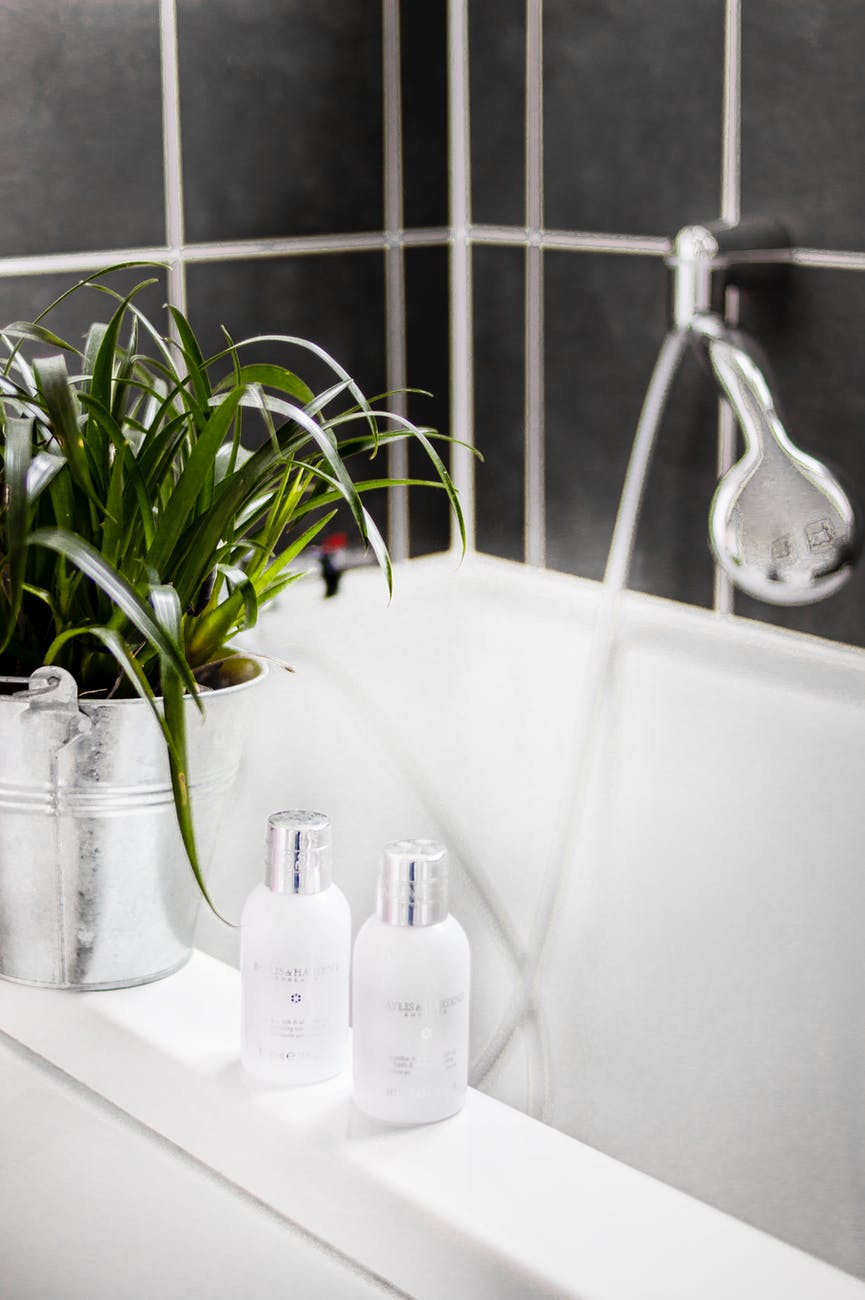
Standards Of Health And Hygiene
- Good Natural Ventilation And Proper Lighting
Sunlight and natural breezes are the best dehumidifiers. It is recommended that the bathroom is kept ventilated by opening the doors and windows when not in use. If it is a concealed bathroom, the exhaust fan should be turned on frequently. The dust of the exhaust fan should be cleaned in time, and the safety of the electrical circuit should also be checked from time to time, etc. to ensure the effectiveness of air exchange.
- Do Regular Cleaning
Dirt in the bathroom is easiest to remove when you have just finished using it. After you have had a shower, clean the hair off the drain holes by hand and dry the water spray from the glass doors. Wipe down the tiles regularly to prevent mould growth. After you have brushed your teeth and washed your hands, leave no toothpaste or soap residue on the sink. Brush the inside and outside of the toilet regularly.
- Separate Wet From Dry As Much As Possible
A simple shower can separate the toilet area, basin area and shower area. For bathroom appliances, prolonged exposure to moisture can cause internal parts to become damp and affect their lifespan. Bathroom cabinets and shelves can also be susceptible to mould and mildew. Separating wet and dry areas also reduces the risk of slipping and falling due to wet floors, which should be paid extra attention to when there are elderly people and children at home. Shower curtains are not recommended as they are prone to mould growth and are more troublesome to clean.
- Change Towels Often
In a humid space, towels are more likely to harbour bacteria. If you wait until the towels are yellow and become tattered before replacing them, there is a major health risk. Towels should always be washed and taken to the balcony to be exposed to the sun, and it is recommended that they be replaced once every three months.
- Regular Maintenance And Replacement Of Bathroom Equipment
In humid areas, water heaters and other bathroom equipment and wall joints often accumulate mould, spreading to the entire bathroom, harming health. In addition, the old bathroom equipment in a humid environment, it is easy to leak and other safety accidents. Depending on the equipment, it should be replaced once every 5 to 10 years.
6 Cleaning Tips
- Clean The Toilet
White Vinegar + Baking Soda
Some areas that cannot be brushed by the toilet brush are prone to yellowish dirt that is difficult to rinse. Mix white vinegar and baking soda in a ratio of 1:1 to make a cleaner. Spray around the toilet bowl and around the edges, leave for half an hour and then scrub, the stain will be easily removed.
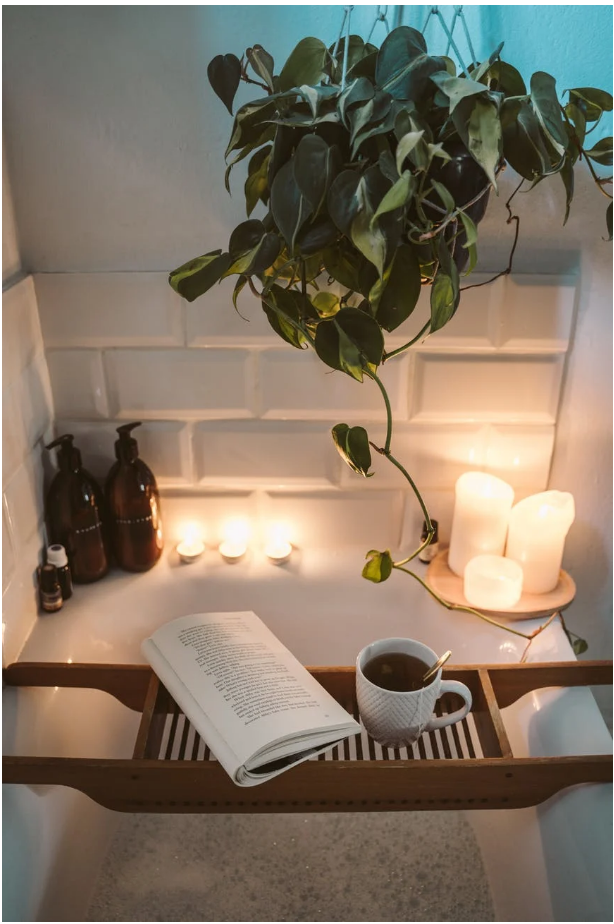
For the crevices of the toilet lid, take a paper towel and paste it on, then use a mixture of white vinegar and baking soda and reach in with a tool and scrub.
Add some white vinegar to the water tank, not only does it have a disinfecting effect, but it also removes the limescale attached to the inside of the tank. You can also throw in a few tablets of toilet bowl cleaner to remove both stains and odours. If you have leftover soap heads in the house, you can also use them to clean the flush later.
- Cleaning The Shower Head
White vinegar
Showerheads can get a layer of limescale on the surface over time, making them look dirty and breeding bacteria if you don’t take care of them, and they can block the spout over time!
Take a plastic bag, pour in white vinegar, wrap it around the showerhead and fix it with a rubber band. Soak it for 1 hour and then turn it on and flush. Not only will it clean up the limescale, but it will also disinfect and sterilise.
- Cleaning Faucets
White vinegar + baking soda
Water stains on faucets look dirty and it’s hard to wipe them off with a rag. Mix white vinegar and baking soda together, put toilet paper in it and wet it completely, then cover the tap for half an hour. Remove and rinse off with water, it immediately turns back to white and shiny.
- Clean The Sink
Lemon + salt
For stubborn dirt on the sink, use lemon with salt and rub it on the sink, then give it a final rinse and it will immediately look new. You can also use this method to clean the bath at home.
- Anti-Fogging Mirrors
Fat Soap
Bathroom mirrors often get stained with toothpaste, water stains and various other things, and as soon as there is water vapour, it fogs up and you can’t see anything. You can wipe the mirror with soap and dry it with a dry rag. This will form a protective film on the surface of the mirror and it will not fog up.
- Cleaning Tiles
Toothbrush + toothpaste
Toothbrushes with toothpaste and washing powder can effectively remove stains from the joints of toilet tiles.
- Floor Drains To Remove Odour
White vinegar + baking soda
The smell of the floor drain is very bad, pour white vinegar into the floor drain first and wait for 5 minutes. Then mix the baking soda with water to make a soda solution and pour it down the drain. The alkaline nature of the soda solution neutralises the acidity of the white vinegar and quickly solves the floor drain odour!
That’s all there is to this article. We hope you will be aware of the health hazards in the bathroom and keep it clean and tidy.
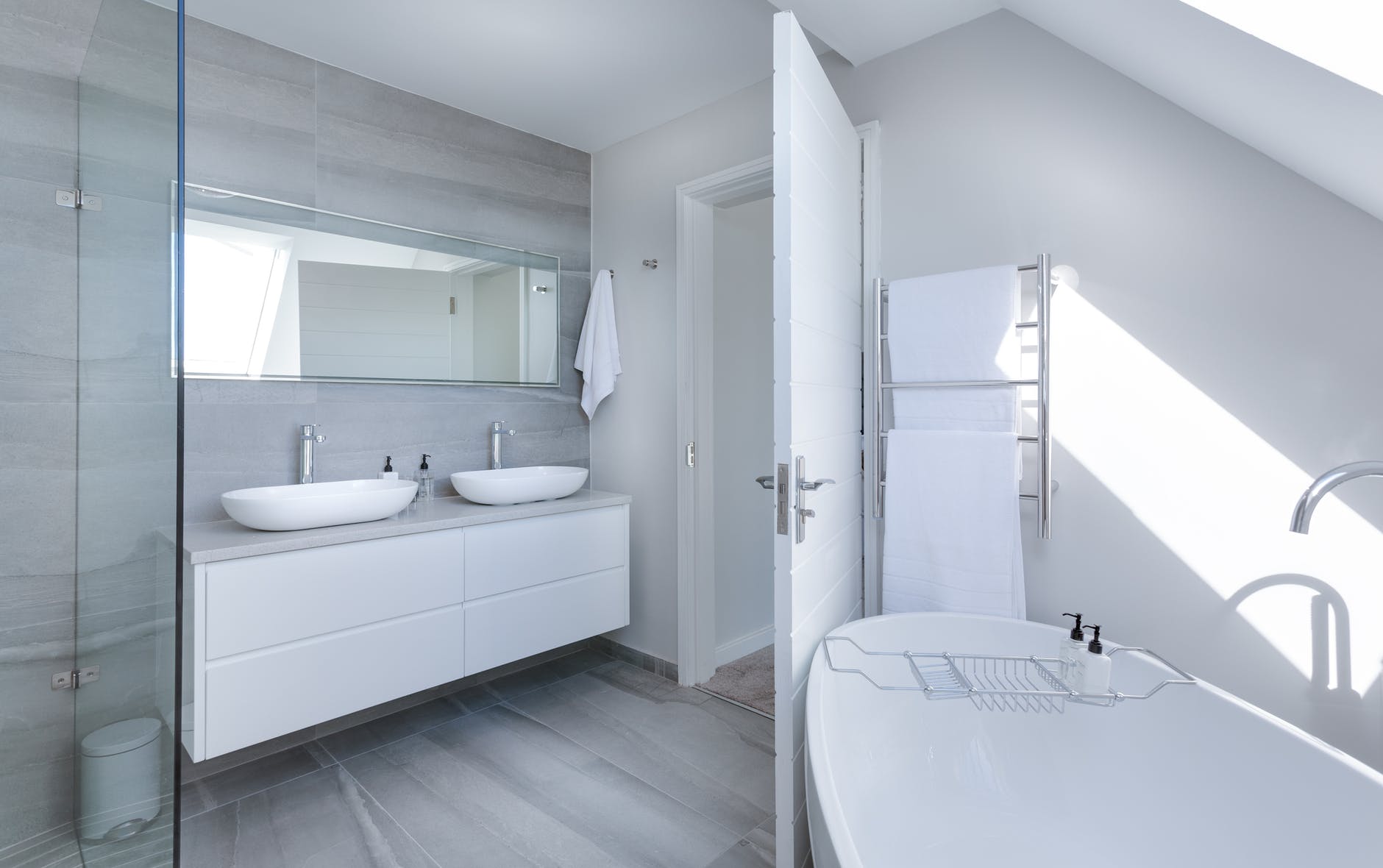
 WOWOW Faucets
WOWOW Faucets